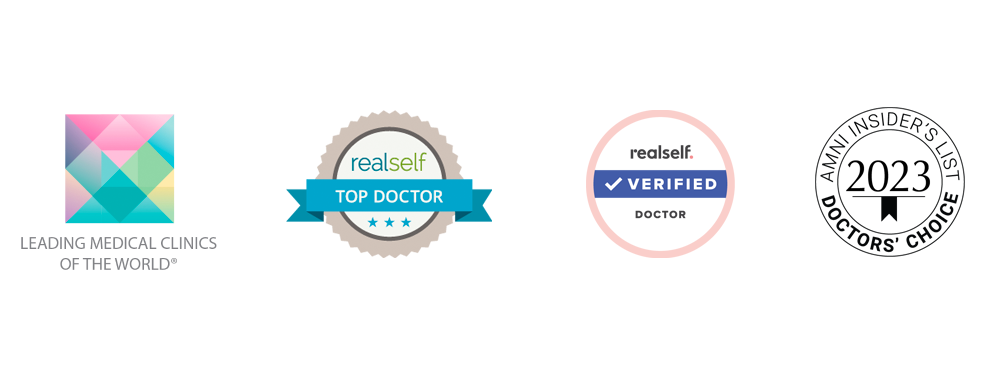Who is a candidate for breast reduction?
While breast reduction can be performed at any age, it is recommended that it be undertaken only when breast development is complete. Factors such as childbirth and breastfeeding can have a significant effect on the size and shape of the breast. Though some women decide to have a breast reduction before having children, any plans to breastfeed should be discussed with us. In assessing your candidacy for a breast reduction, we will carefully check the size and shape of your breasts, the quality of your skin and the placement of the nipples and areolas. If you are overweight, we may suggest that you stabilize your weight before having surgery.
What results can I expect from a breast reduction?
Breast reduction can offer relief from the physical discomfort caused by large breasts. The procedure will also improve their size and shape. The breasts will be brought into better proportion and balance with the rest of your body. For many women, this improves their confidence, comfort and quality of life.
What is involved in a breast reduction surgery?
There are variations to breast reduction incisions. The traditional method uses three incisions: one around the areola, the second vertically from the bottom edge of the areola to the crease under the breast and the third along the natural curve of the breast crease. In many circumstances, the procedure can be done without the need for the incision in the crease under the breast. Once the incisions are made, breast tissue, fat and skin are removed and the nipple and areola are shifted to a higher position on the breast. Skin located above the nipple is pulled down and together to give a new shape to the breasts. Liposuction may also be employed to contour under the arm and further define the breast shape. Several days after surgery you will be able to move about comfortably. You will be instructed to wear a support bra for a few weeks, until the swelling and discolouration of your breasts diminishes. For several months following the surgery, incision scars will be red. After breast reduction surgery, it is often possible to return to work within 5-7 days. Normal activities can be resumed after several weeks, however you may continue to experience some mild discomfort during the first few months. Breast reduction surgery may be covered by the Ontario Health Insurance Plan (OHIP), when it is being performed for medically necessary reasons. Otherwise, payment is the responsibility of the patient.
Risks and Complications
Because the nipples and areolas remain attached to the breast tissue during surgery, sensation in this area is usually preserved. Breastfeeding may still be possible but is not guaranteed. Problems after breast reduction surgery are rare, however some of the possible complications include bleeding, infection and an adverse reaction to anaesthesia.
















